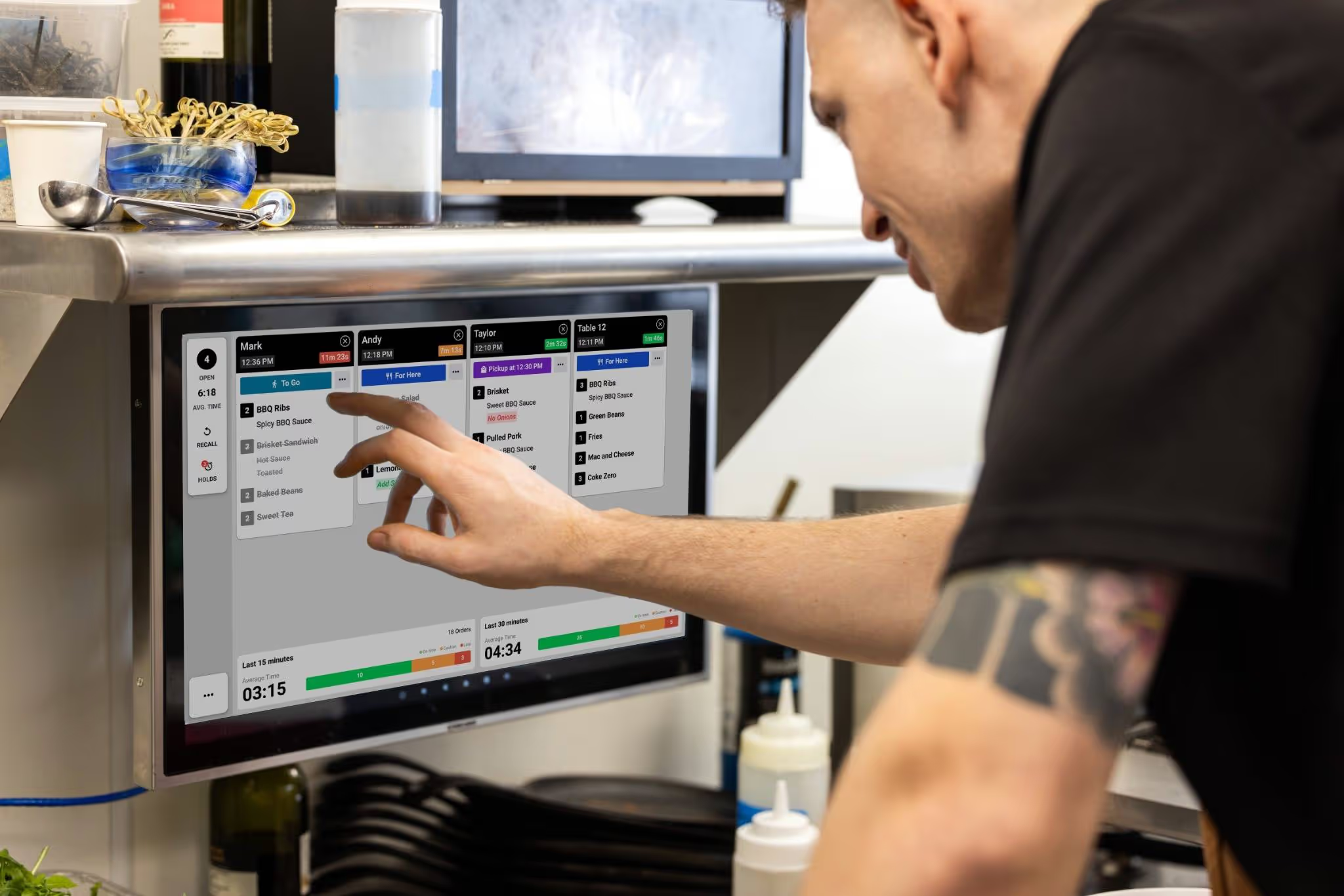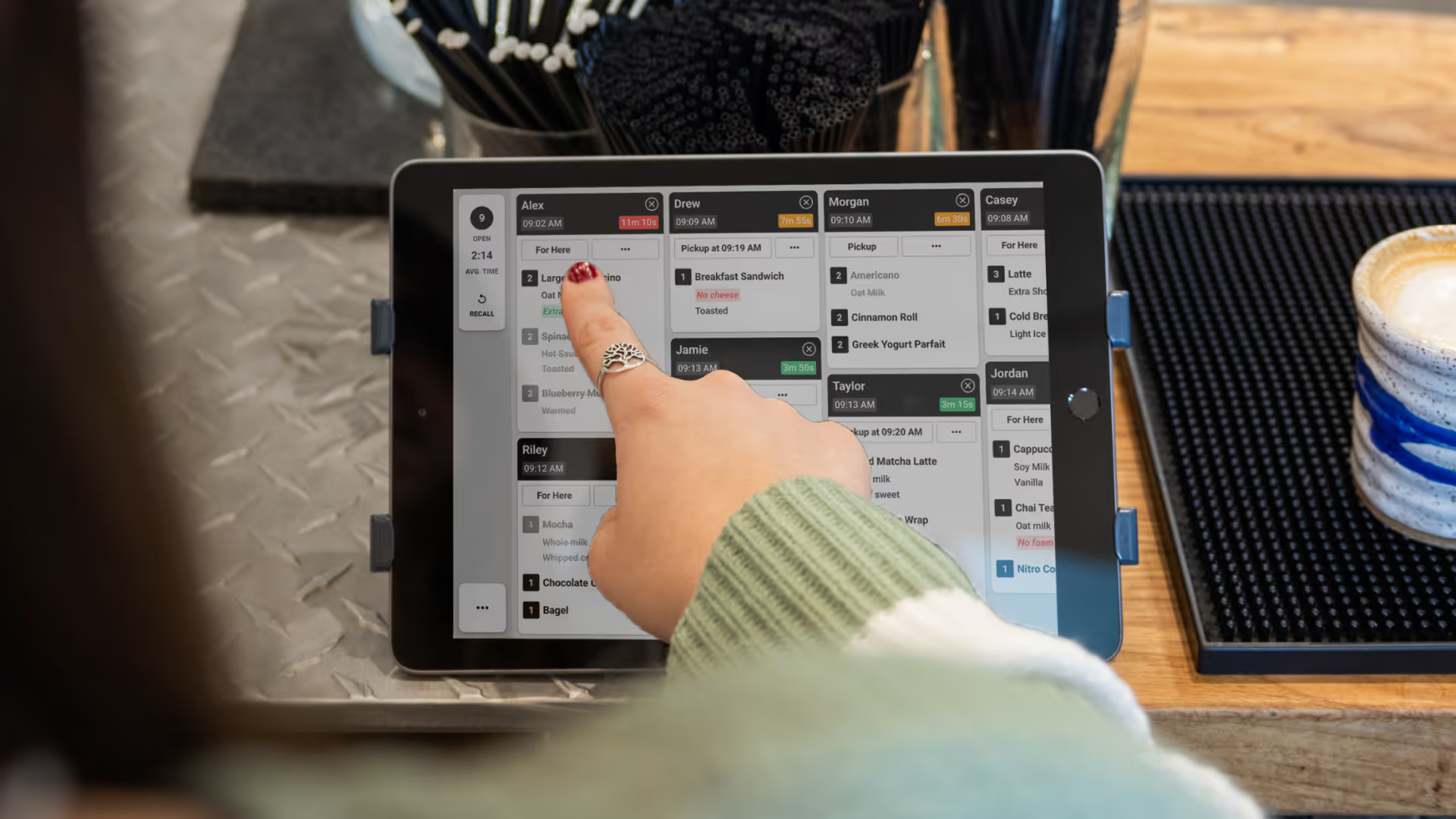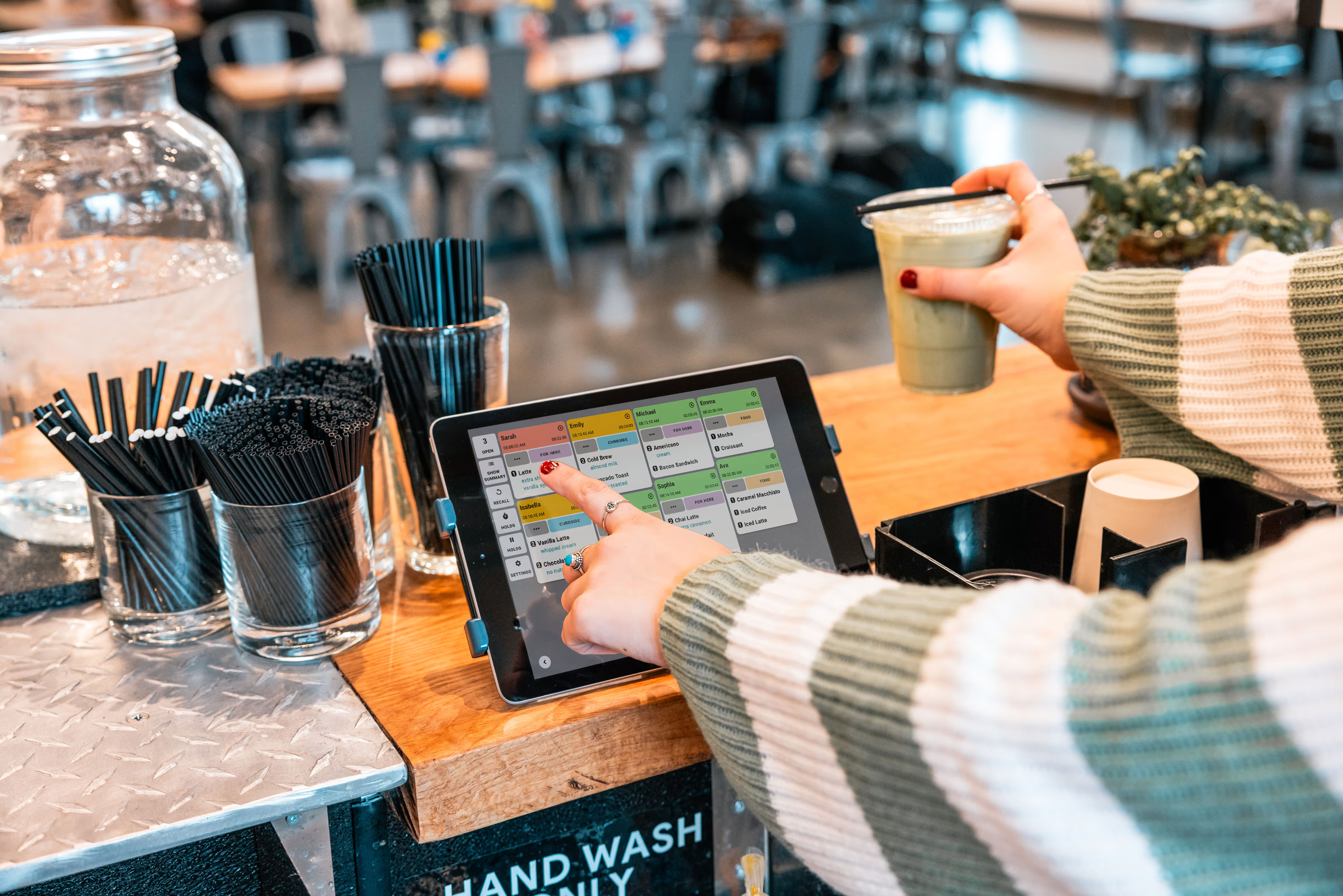The real question isn’t “How much does a kitchen display system cost?” but “Can your restaurant afford not to have one?”
A kitchen display system (KDS) replaces paper tickets with digital displays, streamlining communication between front-of-house and kitchen teams. But while many operators focus only on kitchen display system price, the real value lies in the long-term savings and revenue growth it enables.
In this guide, we’ll break down all the costs you need to consider—hardware, software, training, and implementation—while also highlighting the true value a KDS delivers through efficiency, waste reduction, and improved guest experiences.
Understanding Kitchen Display System Costs
Hardware Costs
Every KDS begins with hardware, and there are a lot of hardware options available. One thing to consider when making a hardware choice is what operating system your KDS software runs on (Android, iOS, Windows, etc.)
- Kitchen tablets & display screens: Typically range from $200–$700 per unit depending on size and durability.
- Mounting hardware & protective cases: $50–$150 per station, ensuring tablets withstand a busy kitchen environment.
- Extras: External bump bars or monitors for mirroring stations can add $100-300 per station.
- Network infrastructure: Restaurants may need WiFi boosters or ethernet connections for reliability, especially in larger spaces.
- POS integration hardware: In some cases, additional boxes or connectors are required to link your POS with the display system.
Typical price range: A small café might spend under $1,000 for a single tablet setup, while multi-station kitchens in full-service restaurants may invest $3,000–$5,000 upfront.

Software Costs
Hardware is just the beginning—the software powers the system.
- Monthly or annual subscriptions: Most KDS providers charge $20–$60 per month, per screen. An annual commitment can save you up to 20% with some providers.
- Setup and licensing fees: Some systems add one-time activation charges.
- POS integration: While many systems integrate seamlessly, some POS providers charge for the connection.
- Feature tiers: Entry-level plans may cover order routing, while premium tiers include advanced analytics, multi-location management, or delivery platform integrations.
- Scalability: Costs grow as you add more locations or stations.
Typical price range: Expect $30–$60 per month per screen, with enterprise packages negotiated based on volume.
Training & Implementation Costs
Even the best technology requires buy-in from your team.
- Staff training: Hands-on learning can take hours, and you’ll need to factor in labor costs for this time.
- Initial setup & configuration: Customizing menus, order flows, and routing can take several days.
- Menu programming: Complex menus require detailed configuration for modifiers and combos.
- Workflow adjustment: Staff may need 1–2 weeks to fully adapt to digital ordering.
- Ongoing support: Some providers include this in the subscription, while others charge for premium support packages.
The Hidden Value: Long-Term Cost Savings
While upfront costs matter, the true measure of a KDS isn’t just its price tag—it’s the ROI (return on investment) it creates over months and years.
Improved Kitchen Efficiency
A KDS streamlines order communication and improves performance in ways that directly impact your bottom line:
- Faster order processing: Digital tickets reach the line instantly, shaving valuable seconds off service times. And smart order sorting prioritizes the right orders so more customers receive their food on time.
- Better communication: Sophisticated kitchen display systems sync information like item completion status between stations, cutting down on verbal communication and improving efficiency.
- Fewer errors & remakes: Easy to read digital displays that draw attention to unique modifications, special instructions, and quantities means the kitchen makes fewer mistakes in preparing orders.
- Speed of service metrics: The ability for managers to identify speed of service bottlenecks in real time allows them to respond quickly and improve overall kitchen performance.
.avif)
Food Waste Reduction
Food waste is one of the largest controllable expenses in restaurants, and a KDS helps reduce it.
- Improved accuracy: Improving accuracy in preparing orders not only creates a better experience for the guests but it also improves your food cost by reducing the number of dishes that need to be re-made.
- Inventory insights: The best kitchen display systems integrate with inventory management and forecasting to help you prepare the right amount of food during service.
- Cost & sustainability benefits: Less waste equals lower food costs and a greener operation.
Revenue Impact
Perhaps the most overlooked benefit is how a KDS can increase revenue.
- Faster table turnover: In full-service dining, shaving even 5 minutes per table can add up to dozens of extra covers per day.
- Improved customer satisfaction: Happier guests return more often and leave better reviews. Speed of service, which a KDS improves, is one of the key drivers of return visits.
- Higher peak capacity: Quick-service and fast-casual spots can push through more orders without sacrificing quality. A KDS that prioritizes orders by channel can help your restaurant fulfill orders efficiently without needing to throttle your online ordering.
Conclusion
When considering the price of a kitchen display system, it’s tempting to focus only on upfront costs. But the real question is: what value does a KDS unlock for your restaurant?
From reducing waste and errors to optimizing labor and increasing revenue, the long-term gains far outweigh the initial investment. A well-implemented KDS doesn’t just pay for itself—it becomes a profit engine.
Next step: Run the numbers. Estimate how much time, food, and labor a digital kitchen display system could save you each month. Then calculate the added revenue from faster service and happier guests.
👉 Ready to see what a KDS could do for your business? Contact Fresh KDS for a personalized consultation and ROI estimate.






.png)




.webp)


